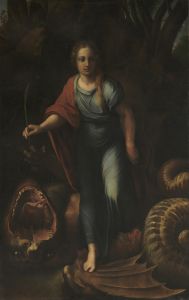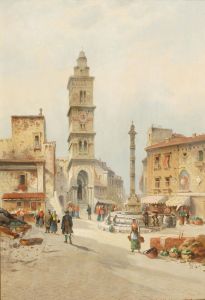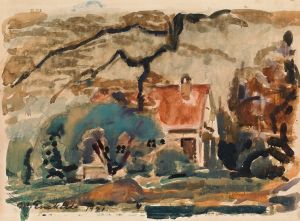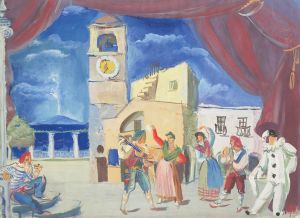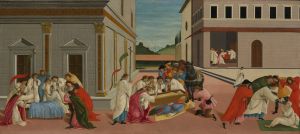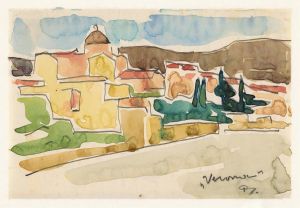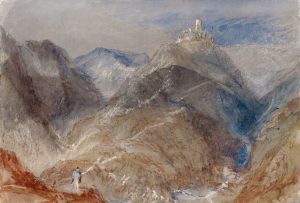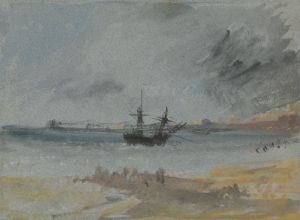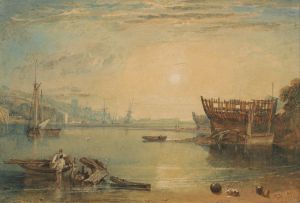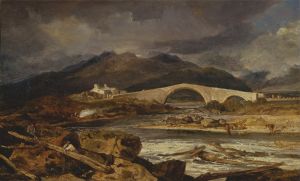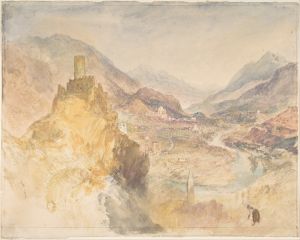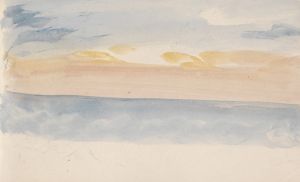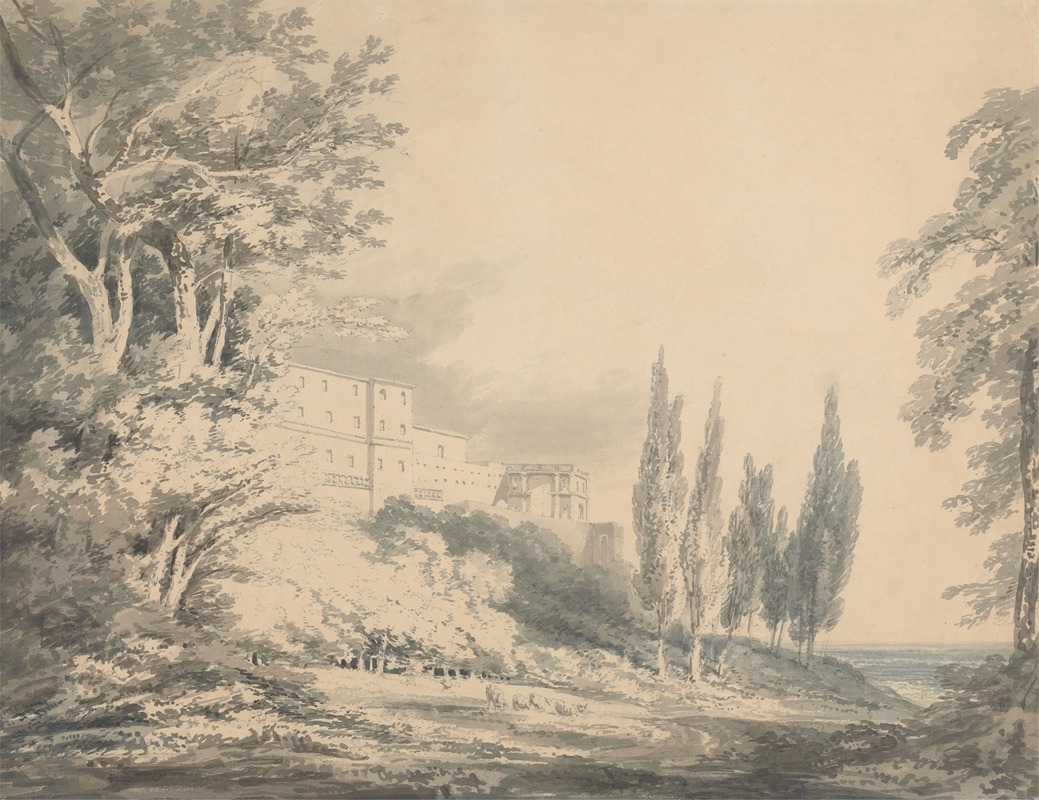
Villa d’Este
A hand-painted replica of Joseph Mallord William Turner’s masterpiece Villa d’Este, meticulously crafted by professional artists to capture the true essence of the original. Each piece is created with museum-quality canvas and rare mineral pigments, carefully painted by experienced artists with delicate brushstrokes and rich, layered colors to perfectly recreate the texture of the original artwork. Unlike machine-printed reproductions, this hand-painted version brings the painting to life, infused with the artist’s emotions and skill in every stroke. Whether for personal collection or home decoration, it instantly elevates the artistic atmosphere of any space.
Joseph Mallord William Turner, an eminent British artist known for his expressive colorization, imaginative landscapes, and turbulent marine paintings, created the artwork "Villa d’Este." Turner, who lived from 1775 to 1851, is often regarded as a pivotal figure in the transition from the classical to the modern era in art. His works are celebrated for their innovative use of light and color, which laid the groundwork for Impressionism.
"Villa d’Este" is one of Turner's many works that capture the essence of Italy, a country that profoundly influenced his artistic journey. Turner visited Italy several times, and these trips had a significant impact on his work, inspiring a series of paintings and sketches that reflect the country's landscapes, architecture, and light. The Villa d’Este, located in Tivoli near Rome, is a 16th-century villa famous for its Renaissance architecture and gardens, which are considered among the most beautiful in Europe.
Turner's depiction of the Villa d’Este is characterized by his signature style, which often includes a dynamic interplay of light and shadow, creating a sense of movement and atmosphere. His use of color is particularly noteworthy, as he often employed a palette that captured the warmth and vibrancy of the Italian landscape. In "Villa d’Este," Turner likely focused on the villa's gardens, fountains, and the surrounding landscape, elements that would have appealed to his interest in natural beauty and architectural grandeur.
Turner's Italian works, including "Villa d’Este," are part of a broader collection of paintings and sketches that he produced during his travels. These works are housed in various collections, including the Tate Britain in London, which holds the Turner Bequest, a vast collection of his works donated to the nation after his death. The bequest includes numerous sketches and watercolors from his Italian journeys, providing insight into his creative process and the development of his ideas.
The Villa d’Este itself is a UNESCO World Heritage Site, renowned for its terraced hillside Italian Renaissance garden and its profusion of fountains. The villa was commissioned by Cardinal Ippolito II d'Este, and its design reflects the cardinal's ambition and the artistic trends of the time. The gardens are a masterpiece of Italian landscape architecture, featuring a series of terraces, each with its own unique design and water features.
Turner's ability to capture the essence of such places in his work is a testament to his skill as an artist and his deep appreciation for the beauty of the natural and built environment. His paintings of Italian scenes, including "Villa d’Este," continue to be celebrated for their innovative approach to landscape painting and their influence on subsequent generations of artists.
In summary, "Villa d’Este" by J.M.W. Turner exemplifies the artist's fascination with Italy and his mastery of light and color. While specific details about this particular painting may be limited, it remains an important part of Turner's oeuvre, reflecting his enduring legacy as one of the greatest landscape painters in the history of art.





